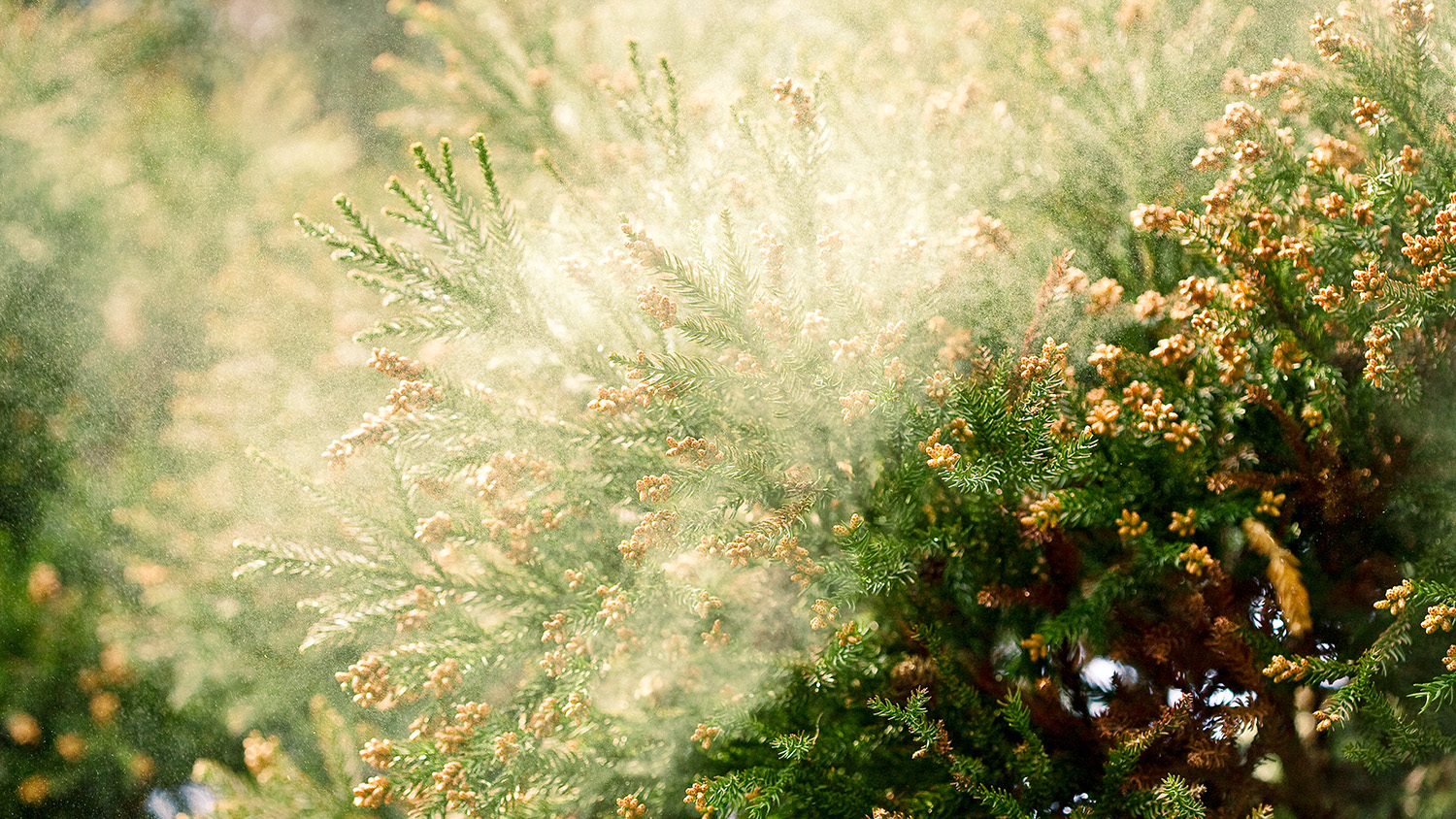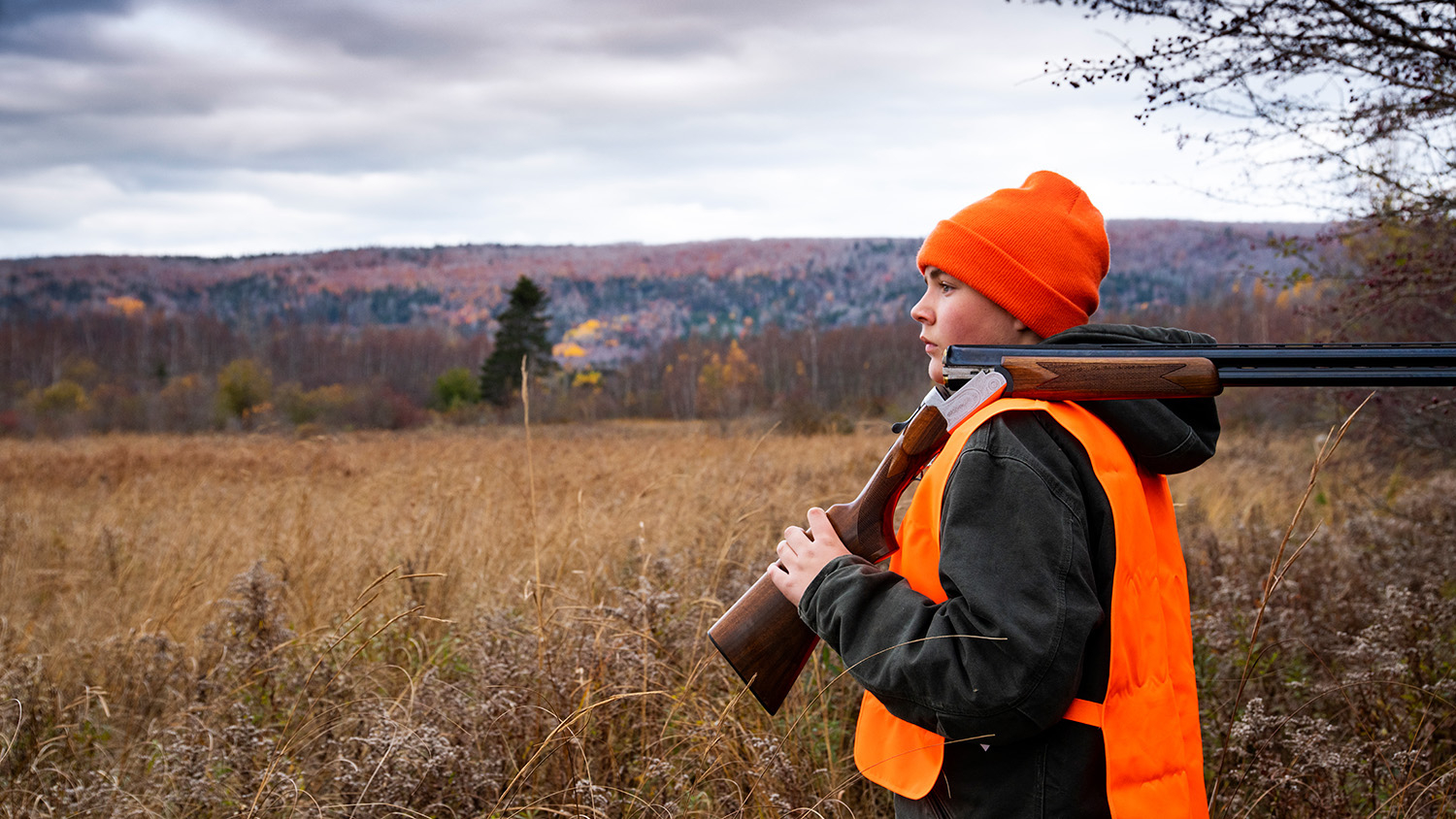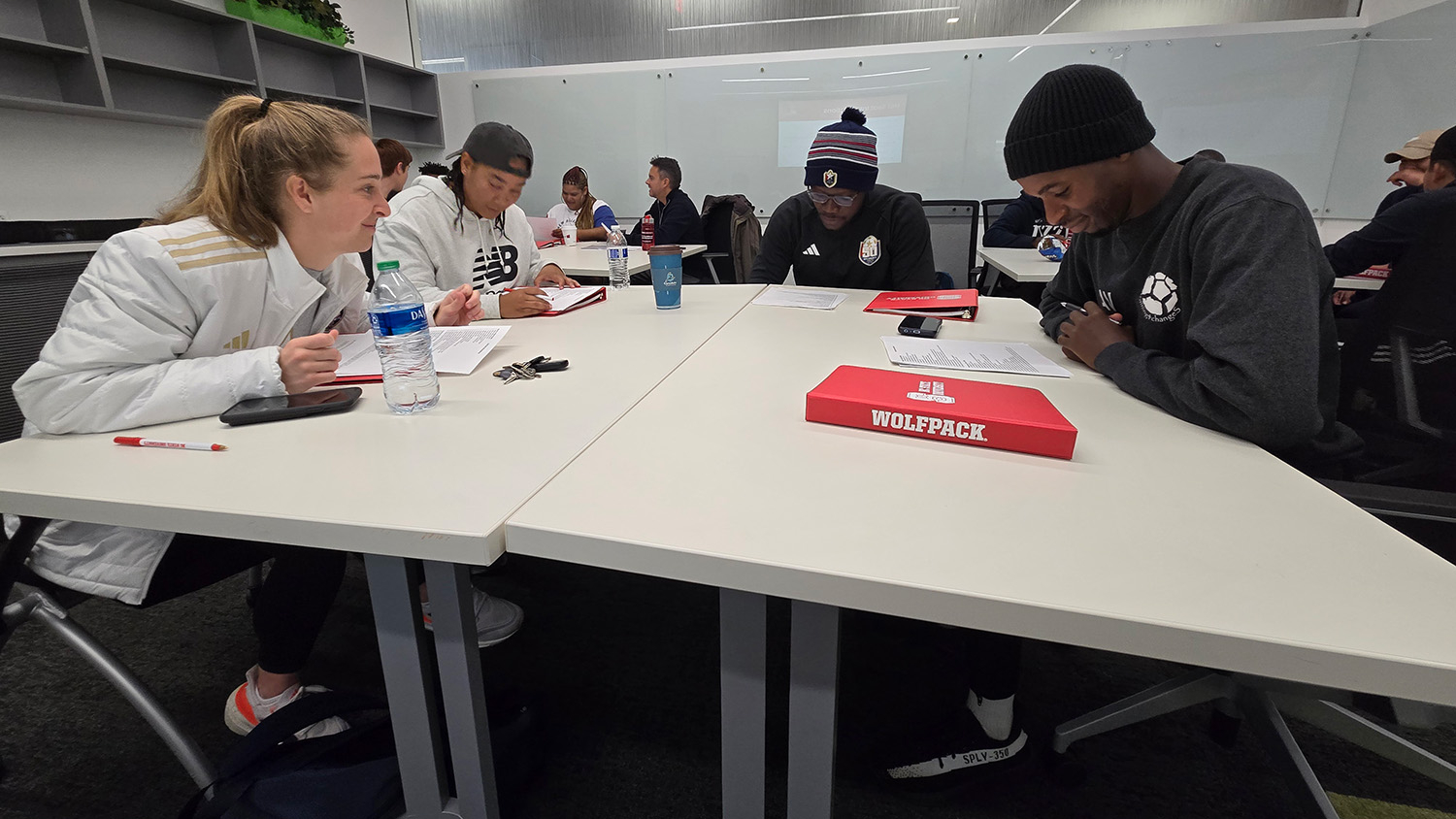A Tree Planter’s Guide to Environmental Justice

We might all agree that trees do good things for the air, for shade and for the climate, but we might not all see eye-to-eye on where and how they should be planted in our own backyards. In a recent paper, North Carolina State University researchers described a series of strategies to guide tree planting, greening or park planning efforts to ensure they aren’t unintentionally imposing values on people and perpetuating practices that have oppressed people of color and Indigenous groups in the past.
The Abstract spoke to co-authors Lincoln Larson and Bethany Cutts, who are both associate professors of parks, recreation and tourism management at NC State, about the strategies that they proposed in a recent paper in Conservation Letters.
The Abstract: How have conservation efforts perpetuated colonialism and racism?
Lincoln Larson: If you think about conservation, you might think: “It’s great. We’re saving land, we’re preserving ecosystem services – everybody wins.” But when you dig deeper, you start to see a different story. When we think about the founding of the national parks, for example, we find many of the leaders in the early conservation movement sought to create parks in the United States to “save” landscapes from Indigenous people. People with power wanted to preserve these lands so that rich, white people could enjoy them.
Some say we’ve progressed past these oppressive, racist beginnings. But when you look at conservation today, you start to scratch your head and say: “Have we?” The ideal of nature as a forested landscape undisturbed by people is based on this premise: That the only way that we can protect nature from humans is to separate the two. Who is creating this vision? Who is being pushed out?
Bethany Cutts: Modern conservation will continue to serve white ideals if we don’t examine history. The good news is that organizations can change. And we are seeing conservation organizations re-examine their definition of nature as a “fortress” that excludes people, and understand how that definition has historically created advantages for white elites while disadvantaging people of color.
TA: What is “urban greening,” and in what ways have greening projects excluded or and marginalized people?
Larson: Urban greening – by that we mean tree planting initiatives or park development projects – often focuses on greening for health and wellbeing or climate mitigation. These are great goals that we should support, but not everyone might see it that way when it comes to urban greening in their own backyards. Taking urban tree canopy expansion as an example, a community’s relationship with trees might be different if they suffered severe storms where many trees destroyed their houses. Or, it might be different if a park built in a nearby area rapidly drove up property taxes and fueled “green gentrification” by displacing families who had lived there for generations.
Cutts: Conservation leaders need to think about whether anyone would be harmed by these projects. Otherwise, urban greening can burden those without power.
TA: What can conservation groups do?
Larson: In this paper, we focus on three practices that can help urban planners and conservation practitioners be mindful of environmental justice. The first thing to consider is how green spaces, parks, or other types of environmental amenities are distributed. This means you have to recognize that the legacies of discriminatory policies or systems – such as “redlining” practices that deliberately denied racial/ethnic minorities access to wealth and resources – impact the distribution of what we see on the landscape today.
For example, past research has shown that the most vulnerable communities take the biggest share of hazardous substances, or even energy infrastructure.
Fortunately, thanks to technology, we have a lot of tools at our disposal to address distributional injustice. You can use online spatial tools to pinpoint which communities are most disadvantaged and prioritize developing green infrastructure. But building new parks and planting more trees alone is not enough.
TA: The next strategy is about recognition – recognizing that different groups of people will have different needs or priorities for “green infrastructure.” Can you explain?
Larson: An NGO might see trees or parks as a universal benefit, but the story could be quite different through the eyes of local residents. Understanding the past relationship of a community to nature can help to inform how we pursue greening and conservation in those spaces.
Conservation projects can certainly benefits people and nature in many ways. We’re encouraging people to take a step back, and think about: How is this playing out, who’s going to benefit, and who is going to suffer?
TA: Your last recommendation is about “procedural justice” – what does that mean?
Larson: You have to empower local people to be a part of the decision-making process. There are things we can do generate more equitable greening, but we have to be intentional about it. Offering a local comment period as part of the planning for a greening or conservation project – where local residents may or may not be ignored – is inadequate.
Cutts: Organizations have to unstack the decks. This means making it easier for those who have been underserved or harmed by past decisions to have a say in how projects get done. Treating people with respect and making sure that discussions don’t simply favor the best-funded perspective is important.
This post was originally published in NC State News.


